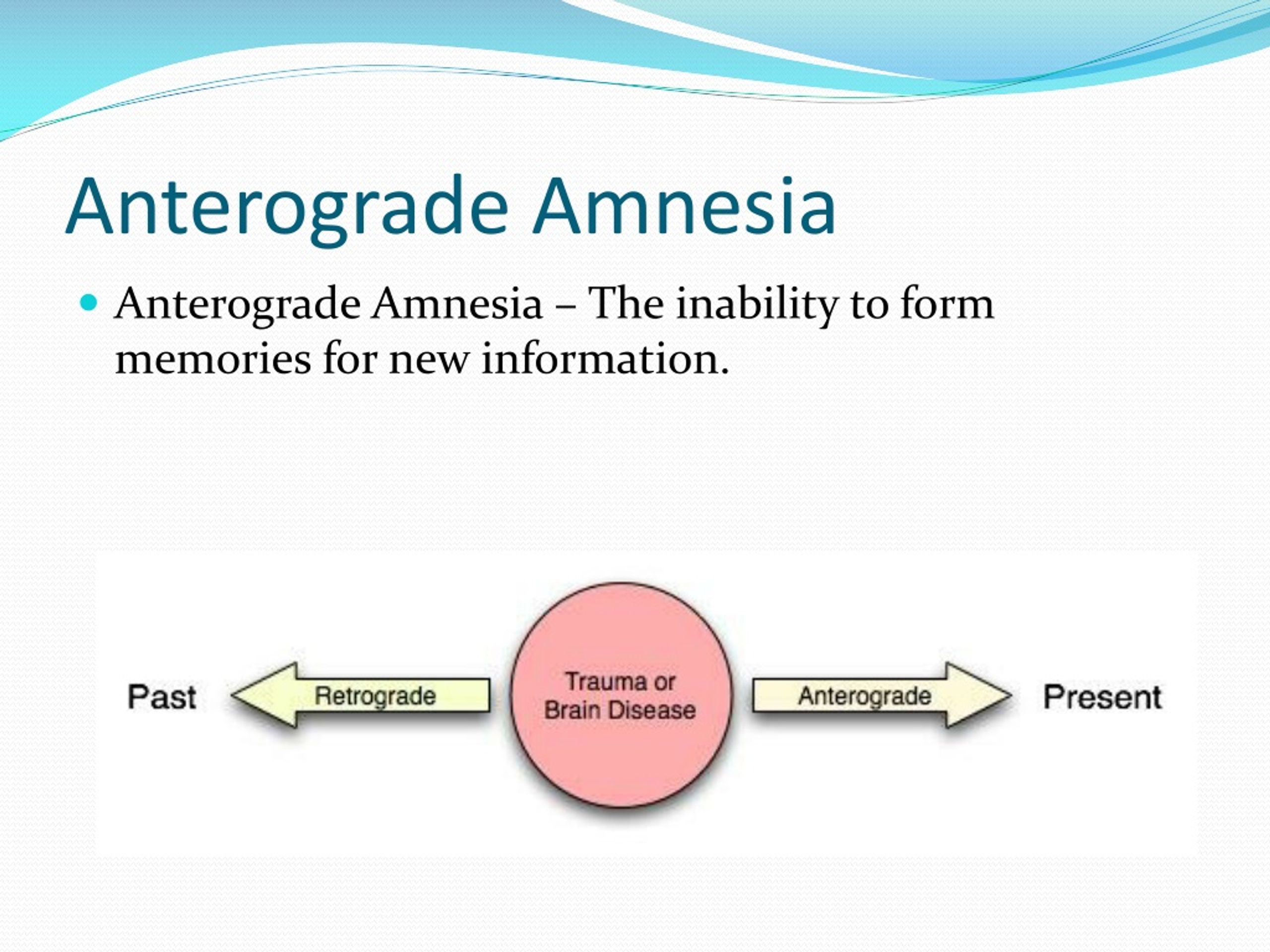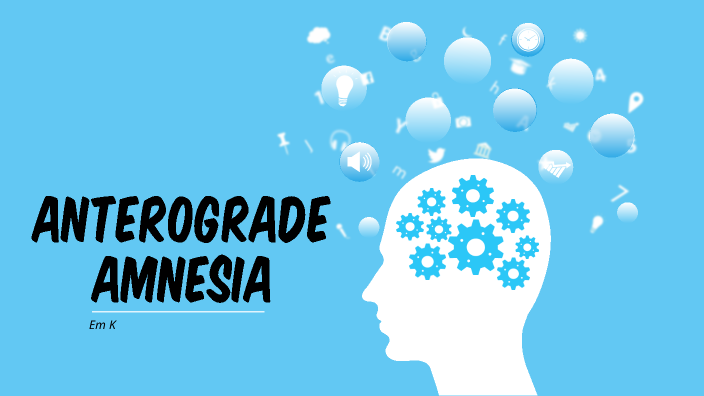

Probably the most studied amnesiac is the late Henry Molaison. So-called “anterograde amnesia” of this kind is usually caused by damage to the hippocampus – a structure housed in each of the temporal lobes (near the ears) that plays an important part in memory. When these kinds of patients present at the clinic, their problem isn’t usually that they’ve forgotten episodes from their past, or that they’ve lost their identity it’s that they are unable to form new memories. More common is organic amnesia, of the kind caused by damage to the brain or neurological illness, such as stroke. These cases of psychogenic or dissociative amnesia are relatively rare. The researchers don’t think the woman – a Drew Barrymore fan – was malingering (although other experts are more sceptical), but they do think the manifestation of her psychogenic amnesia was likely influenced by the portrayal of memory loss in the film. Crucially, when the researchers tricked the patient, testing her on material that she thought was from the same day, but was really from the day before, her performance was unimpaired. This is a symptom that makes no physiological sense but it’s precisely what happens to Drew Barrymore’s character after a crash in the film 50 First Dates, released in 2004. After a car crash, the patient reported that her memories were wiped clean each night. The power of a patient’s expectations certainly seems to lie behind another striking case. “I know that my way of dealing with trauma is for my mind to split,” she adds. In an interview with the Sunday Times, she says she has “great reverence” for the mind. At the time of her memory loss, Jacobs was studying psychology, which may have exposed her to ideas about trauma and memory functioning. They also tend to score highly in suggestibility and fantasy proneness. Other sceptics propose that the dissociative disorders (including dissociative identity disorder, previously known as multiple identity disorder) are not so much an automatic coping strategy triggered by trauma, but rather more a consequence of the patients’ expectations for how they ought to behave, prompted in part by therapists’ suggestions and fictional portrayals of illness.Ĭomplementing this picture, people diagnosed with dissociative disorders typically also have diagnoses of personality disorders and emotional instabilities. They point out that there are no historical references to the condition prior to 1800. Some scholars, such as Harvard psychiatrist Harrison Pope, dispute that it really exists. Consistent with this, Jacobs says that not only had she lost her business and abused drugs in those forgotten years, she was raped at age six, and a boyfriend tried to strangle her when she was 20.ĭissociative amnesia is a controversial diagnosis. Instead, the forgetting is psychological (or “psychogenic”), possibly brought on by recent or historical stress and trauma. This means there is no physiological explanation for why she temporarily lost 17 years’ worth of memories.

Jacobs’ incredible story is told in her forthcoming book Forgotten Girl and you can hear her talk in this BBC interview.įrom a medical perspective, Jacobs’ memory loss is considered to be a case of dissociative amnesia.

This meant learning to use “new” technologies like smart phones, but most challenging of all, it meant coming to terms with the fact that she had a 10-year-old son. In fact, she says her last memory was of going to sleep as a teenager in the bunk bed she used to share with her sister, and of thinking about her upcoming French exam.Įight weeks later her memories returned, but before they did, Jacobs says she had to negotiate the 21st Century world as her 15-year-old self. It’s as if the memories of drug abuse, bankruptcy and homelessness had been wiped from her mind. One morning in 2008, Naomi Jacobs, then 32, woke up with no recollection of her previous 17 years.


 0 kommentar(er)
0 kommentar(er)
